
1. Gyms Count on You Not to Show Up
About half of the people who start exercise programs quit within six months. To stick with it, begin slowly: choose a 30-minute walk-run program or a beginner’s water-aerobics class. Those who give up typically push themselves hard at first, then get discouraged.
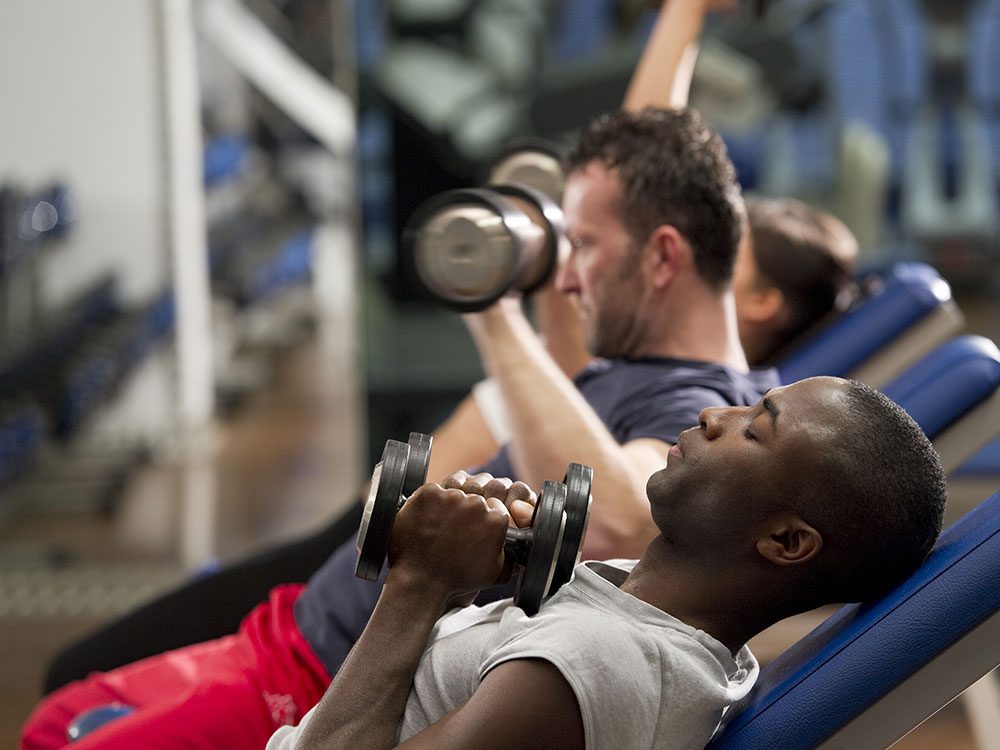
2. It’s Often Cheaper to Pay as You Go
Economists at the University of California, Berkeley, found that the average gym user who buys a monthly or annual membership shells out 70 per cent more – or about $300 extra a year – than those who pay per visit.
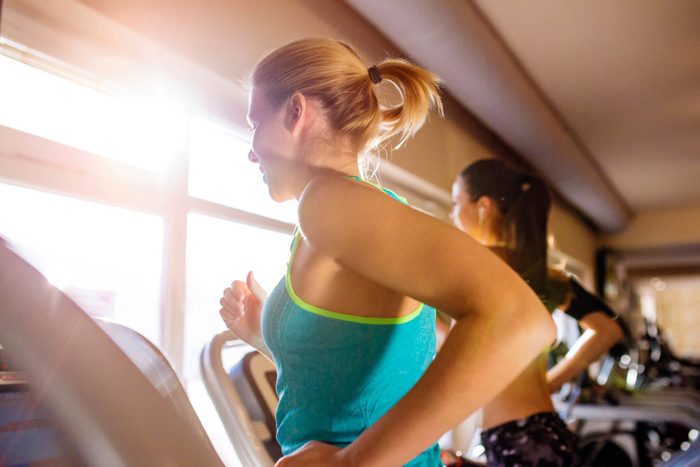
3. Many People Use Treadmills Incorrectly
Holding on for balance is okay, but don’t support your body weight on your arms – it’s unsafe and burns fewer calories. If you can’t loosen your grip, try slowing down.
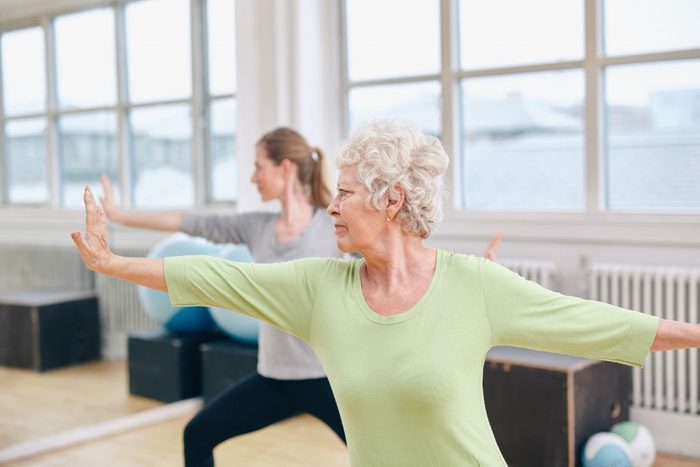
4. Choose the Right Exercises
Jenn Farrell, a bodybuilder, trainer and owner of Witness the Fitness in Vancouver, says functional fitness – exercise that simulates everyday movements – helps older adults prevent injury and maintain strength. For example, try doing squats, which mimic sitting down in a chair.
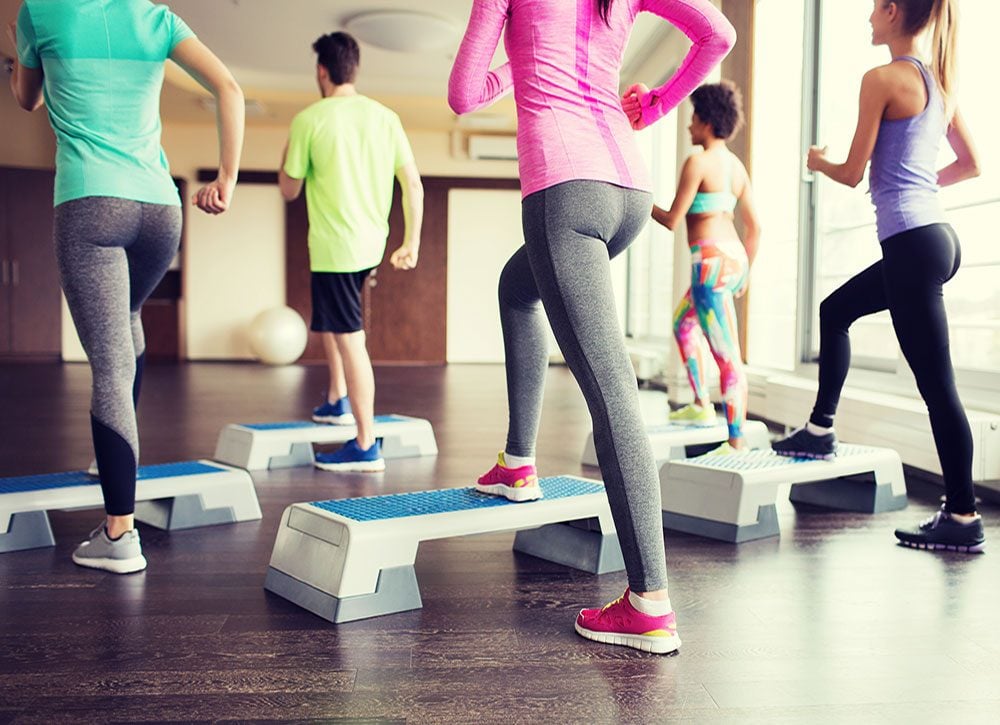
5. Don’t Feel Pressured
Your facility should offer a commitment-free trial period or drop-in sessions, says Farrell. If a gym pressures you to commit quickly, it’s a red flag that employees might simply be working to meet a quota.
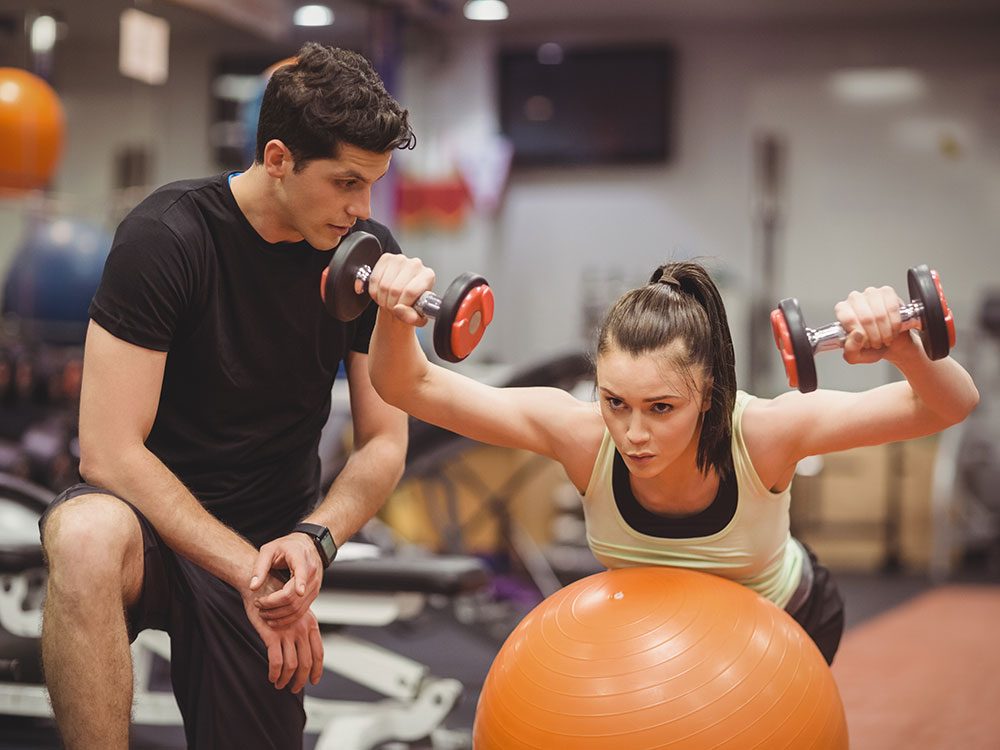
6. Try Something New
A few sessions with a personal trainer are worth paying extra for. Trainers can tailor your exercises to your needs and explain formal – and informal – gym rules.
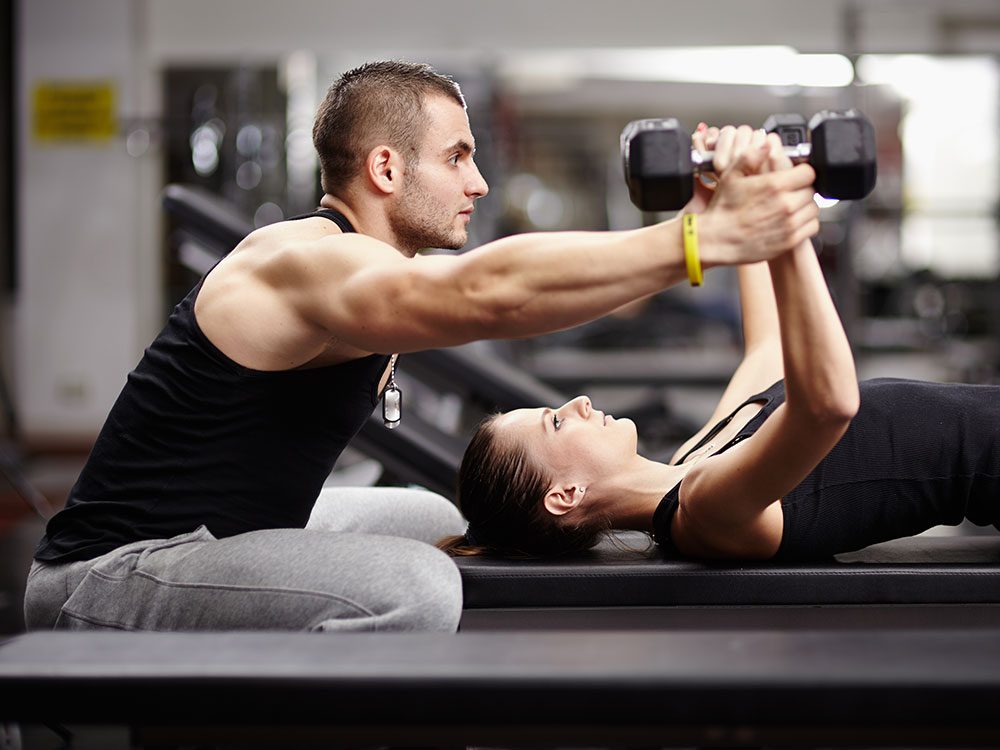
7. Aim for a Good Trainer
A good trainer, says Farrell, “is somebody who really wants to know what your story is.” If your trainer isn’t interested in your injury history, medication regimen and fitness needs, it’s time to move on.

8. Be Patient
TV may give your the idea that you can lose 25 pounds in a few weeks, but unless you’re spending eight hours a day working out, that’s just not realistic. Stick with your gym for about three months, exercise three or four times a week, and you will feel a noticeable difference in your body.

9. Beware the Smoothie Station
Some drinks pack as many as 500 calories, which may negate the workout you just did. Plus, facilities sell those products at a big markup. You can save money – and ensure you’re getting the nutrition you need – by making them at home.
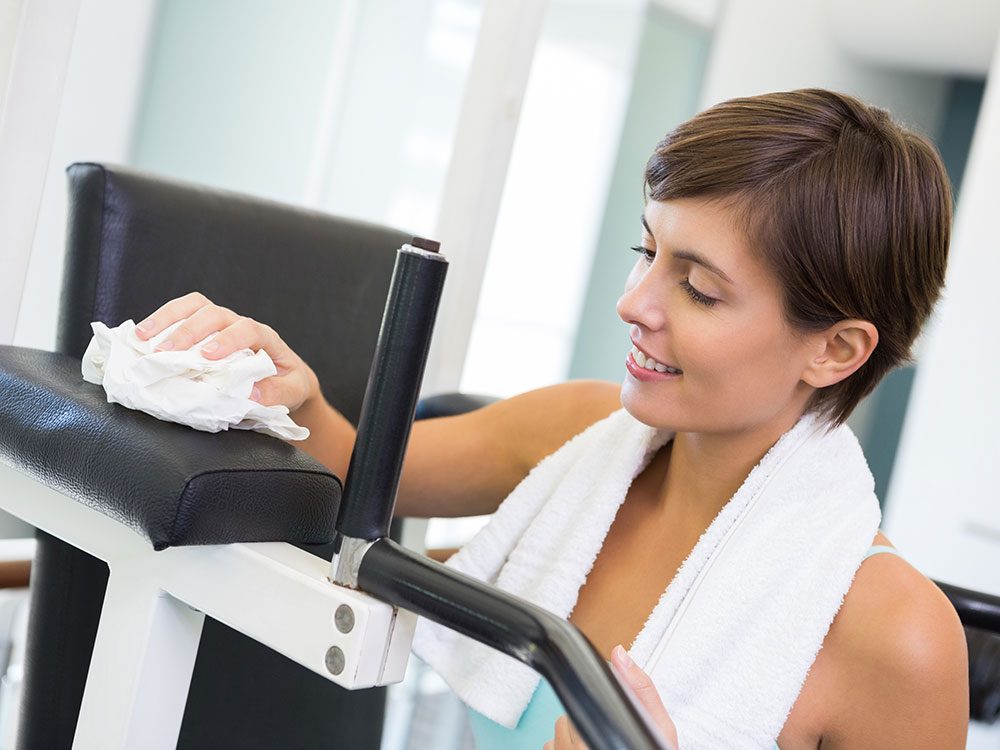
10. Always Use Disinfectant Wipes
They’re not just there for decoration! Wipe down your sweaty machines and mats after use. A recent study conducted by FitRated, a website that reviews workout equipment, discovered that free weights harbour, on average, 362 times more bacteria than a toilet seat.
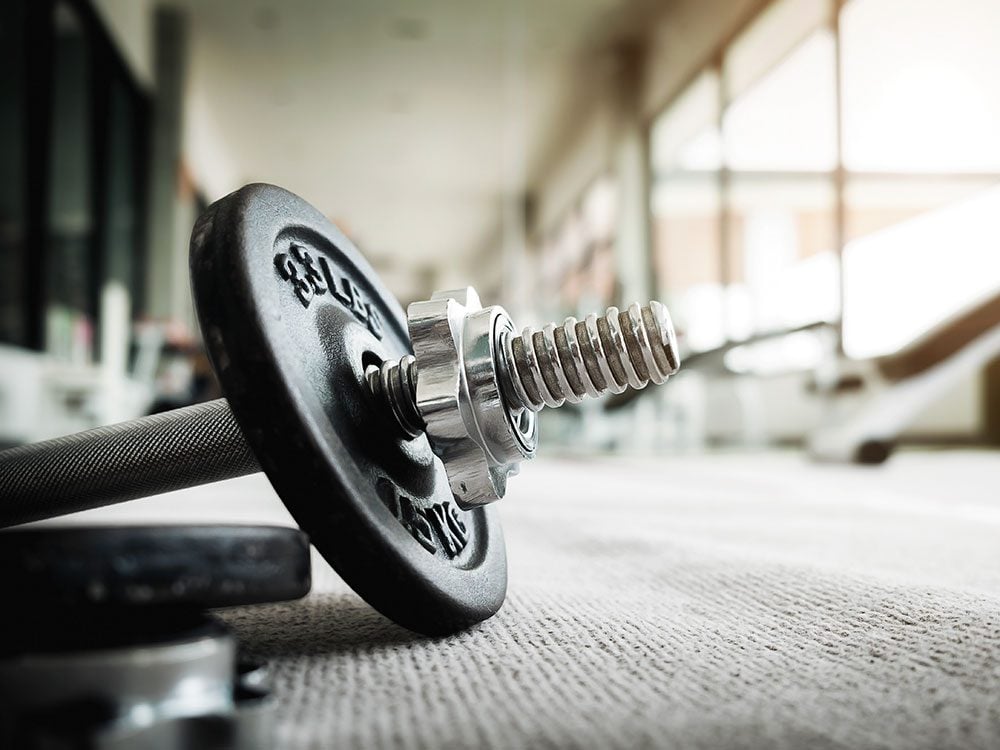
11. Put Things Back Where They Belong
Farrell’s biggest gripe as a gym user is when others leave their equipment lying around. If you’re lifting heavy weights, this is especially important – someone might injure themselves trying to clean up after you.
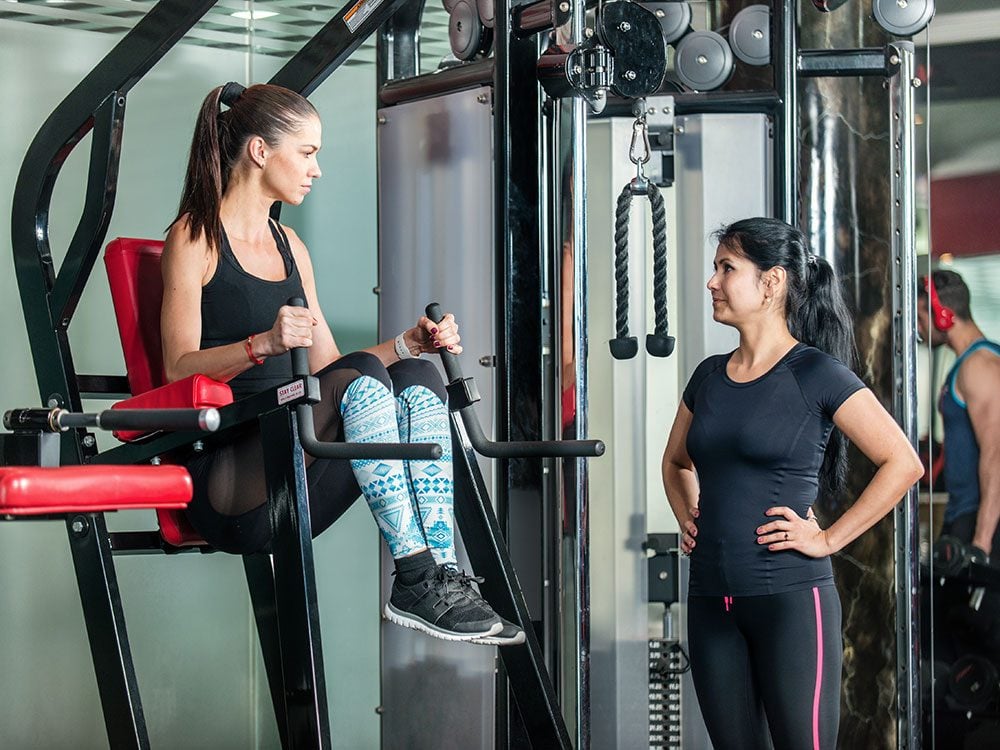
12. Don’t Automatically Pay the Initiation Fee
Most of the time, it’s negotiable: research rates for nearby gyms for leverage, then ask if the price is the best your preferred gym can offer. If the fee isn’t flexible, see if they’re willing to throw in an extra month, or other freebies, instead.

13. Sweat the Small Stuff
A friendly front-desk staff can indicate that a gym is well managed, while clean washrooms can mean the managers take hygiene seriously.